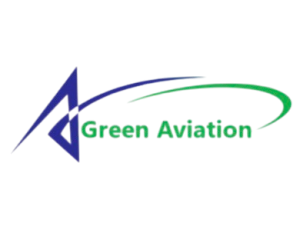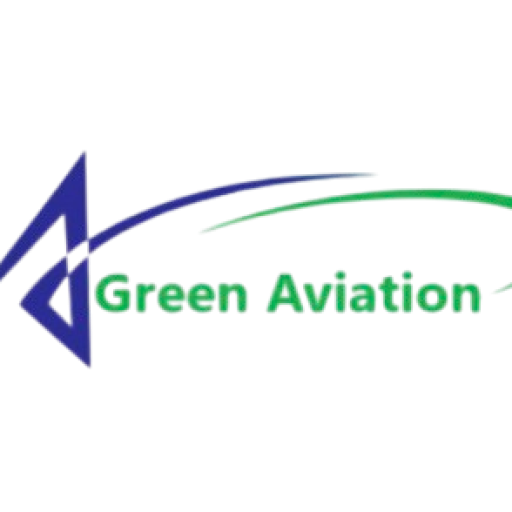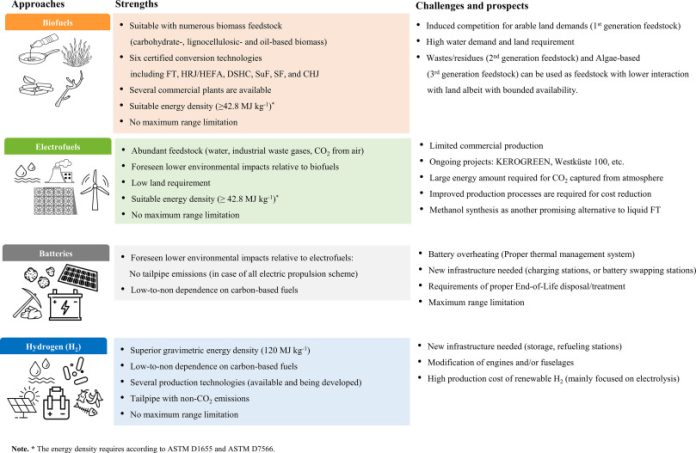This Content Is Only For Subscribers
Authors: Pimchanok Su-ungkavatin, Ligia Tiruta-Barna, Lorie Hamelin
Publication Date: 11 July 2024
Category: SAF, Electric and Hybrid Propulsion Systems
Article Link: https://www.sciencedirect.com/science/article/abs/pii/S0360128523000035
DOI: https://doi.org/10.1016/j.pecs.2023.101073
Abstract (Official): Climate neutrality is becoming a core long-term competitiveness asset within the aviation industry, as demonstrated by the several innovations and targets set within that sector, prior to and especially after the COVID-19 crisis. Ambitious timelines are set, involving important investment decisions to be taken in a 5-years horizon time. Here, we provide an in-depth review of alternative technologies for sustainable aviation revealed to date, which we classified into four main categories, namely i) biofuels, ii) electrofuels, iii) electric (battery-based), and iv) hydrogen aviation. Nine biofuel and nine electrofuel pathways were reviewed, for which we supply the detailed process flow picturing all input, output, and co-products generated. The market uptake and use of these co-products was also investigated, along with the overall international regulations and targets for future aviation. As most of the inventoried pathways require hydrogen, we further reviewed six existing and emerging carbon-free hydrogen production technologies. Our review also details the five key battery technologies available (lithium-ion, advanced lithium-ion, solid-state battery, lithium-sulfur, lithium-air) for aviation. A semi-quantitative ranking covering environmental-, economic-, and technological performance indicators has been established to guide the selection of promising routes. The possible configuration schemes for electric propulsion systems are documented and classified as: i) battery-based, ii) fuel cell-based and iii) turboelectric configurations. Our review studied these four categories of sustainable aviation systems as modular technologies, yet these still have to be used in a hybridized fashion with conventional fossil-based kerosene. This is among others due to an aromatics content below the standardized requirements for biofuels and electrofuels, to a too low energy storage capacity in the case of batteries, or a sub-optimal gas turbine engine in the case of cryogenic hydrogen. Yet, we found that the latter was the only available option, based on the current and emerging technologies reviewed, for long-range aviation completely decoupled of fossil-based hydrocarbon fuels. The various challenges and opportunities associated with all these technologies are summarized in this study.
GAT Editor’s Comments:
– This paper reviews current technologies for sustainable aviation. They are grouped into 4 main categories: (1) biofuels, (2) electrofuels, (3) electric / battery based, and (4) hydrogen aviation
– Market uptake was also investigated along with international regulations and targets for future aviation
– Production methods for each of the fuels was also evaluated along with current battery technologies
– Key: cryogenic hydrogen is the only available option for long-range aviation completely decoupled from fossil-fuel based hydrocarbon fuels despite sub-optimal gas turbine engines
– This paper is important for assessing current state-of-the-art technologies relevant to sustainable aviation and helping to guide and focus further research efforts in the most promising areas


